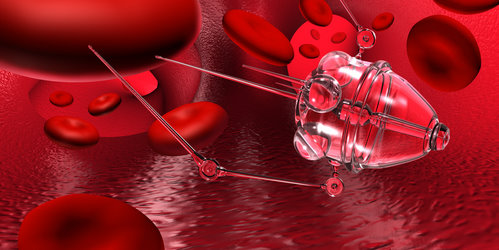Smart material are those that change in response to changing conditions in their surrounding or in the application of other directed influences such as passing an electric charge through them. Modern products increasingly use them, shirts that change color with changes in temperature. Smart materials are the materials that have one or more properties that can be significantly changed in a controlled style such as stress, temperature, moisture, pH, electric or magnetic fields.
There are many types of smart material some of which are already common. Some examples are as following:
Some types of smart materials include:
Piezoelectric – On applying a mechanical stress to these materials it generates an electric current.
Piezoelectric microphones transform changes in pressure caused by sound waves into an electrical signal.
Shape memory – After deformation of these materials they remember their original shape and return back to its original shape when heated . Applications include shape memory stents – tubes threaded into arteries that expand on heating to body temperature to allow increased blood flow.
Thermochromic – These are the materials which change their color in response to changes in temperature. They have been used in bath plugs that change color when the water is too hot.
Photochromic – These materials change color in response to changes in light conditions. Uses include security ink sand dolls that ‘tan’ in the sun.
Magneto rheological: it is a fluid that fluids become solid when placed in a magnetic field. They can be used to construct dampers that suppress vibrations. These can be used for buildings and bridges to suppress the damaging effects
To know More about Smart Materials grab the chance and attend the forthcoming Conference : 5th International Conference on Advanced Material Research and Nanotechnology.
Dates of the Conference : May 22-23, 2019
Venue : Rome, Italy
For more Details : Advanced Materials 2019
WordPress: https://bit.ly/2HyNG3q
Blogger: https://bit.ly/2JTyTFV
Facebook: https://bit.ly/2LNOvba
Twitter : https://bit.ly/2t5iGDa












